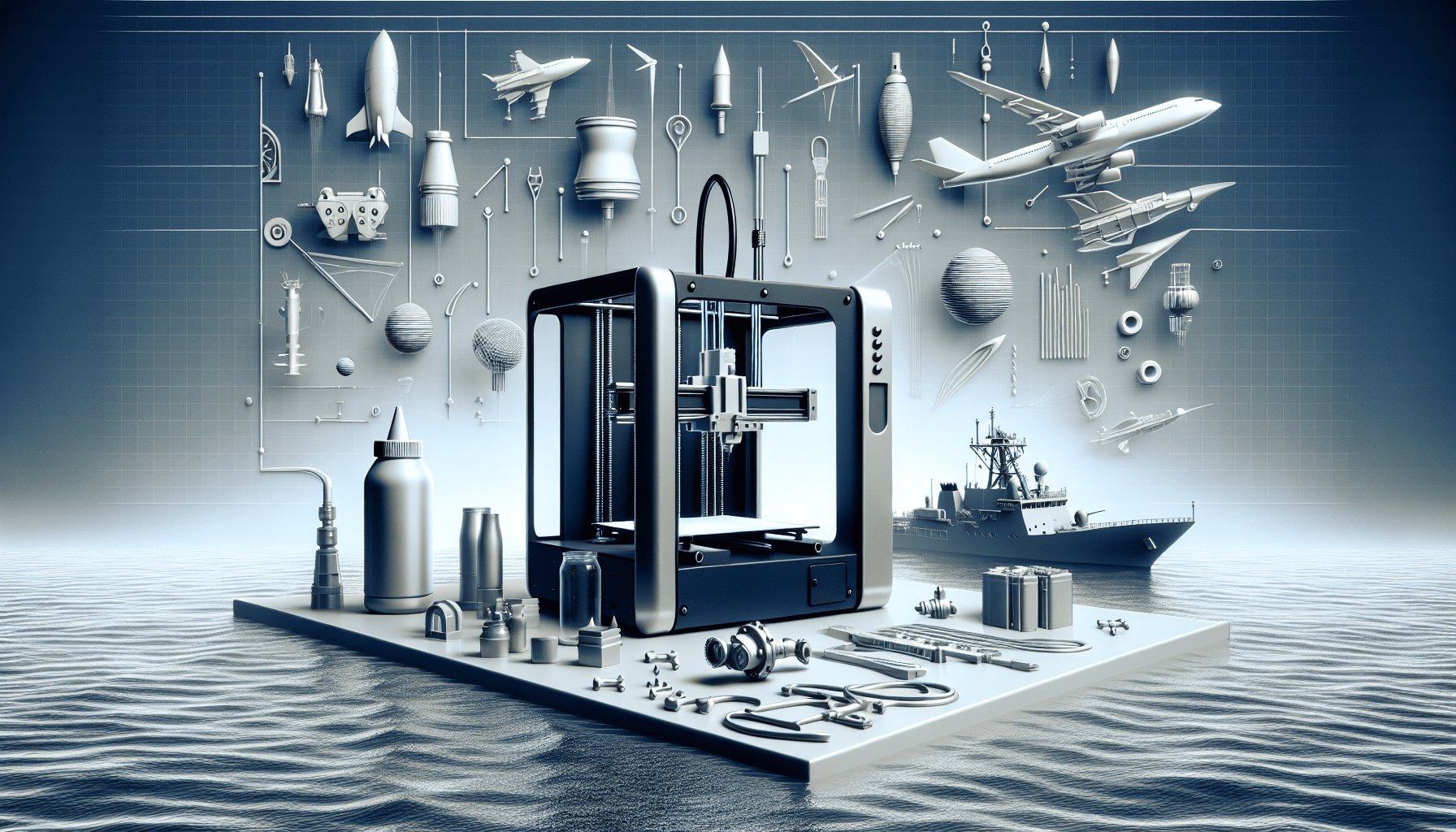ANYCUBIC Photon Mono M7 PRO 14K Resin 3D Printer, 170mm/h Fast Printing, 10.1'' Mono LCD with COB LighTurbo 3.0 Source, Dynamic Temperature Control Resin Vat, Build Volume 8.77''x4.96''x9.05''
$689.99 (as of June 19, 2025 23:45 GMT +00:00 - More infoProduct prices and availability are accurate as of the date/time indicated and are subject to change. Any price and availability information displayed on [relevant Amazon Site(s), as applicable] at the time of purchase will apply to the purchase of this product.)In an exciting advancement for sustainable architecture, researchers from the Institute for Advanced Architecture of Catalonia (IAAC) have successfully 3D printed a 100 m² low-carbon emissions building using the innovative Crane WASP system. Set within the serene Collserola Natural Park in Barcelona, this groundbreaking project is part of the 3D Printed Earth Forest Campus (TOVA), utilizing locally sourced soil and natural materials to address the construction sector’s significant carbon footprint. With the capability to print houses at a rapid pace, the Crane WASP system raises walls to 2.5 meters in height within just 10 days, providing a functional and eco-friendly alternative to conventional building methods. Recognized by the EU’s New European Bauhaus initiative for its sustainable practices, the IAAC’s project not only reduces material consumption but also enhances thermal insulation, humidity regulation, and natural ventilation, setting a new standard for environmentally conscious housing. Have you ever wondered what the future of sustainable building looks like? Imagine a future where your home is not only eco-friendly but also constructed using advanced technology that reduces carbon emissions. Well, researchers from the Institute for Advanced Architecture of Catalonia (IAAC) are turning this vision into reality. They have successfully 3D printed a 100 m² low-carbon emissions building in Barcelona. Let’s dive into the intricacies of this groundbreaking project and see how it shapes the future of sustainable housing.
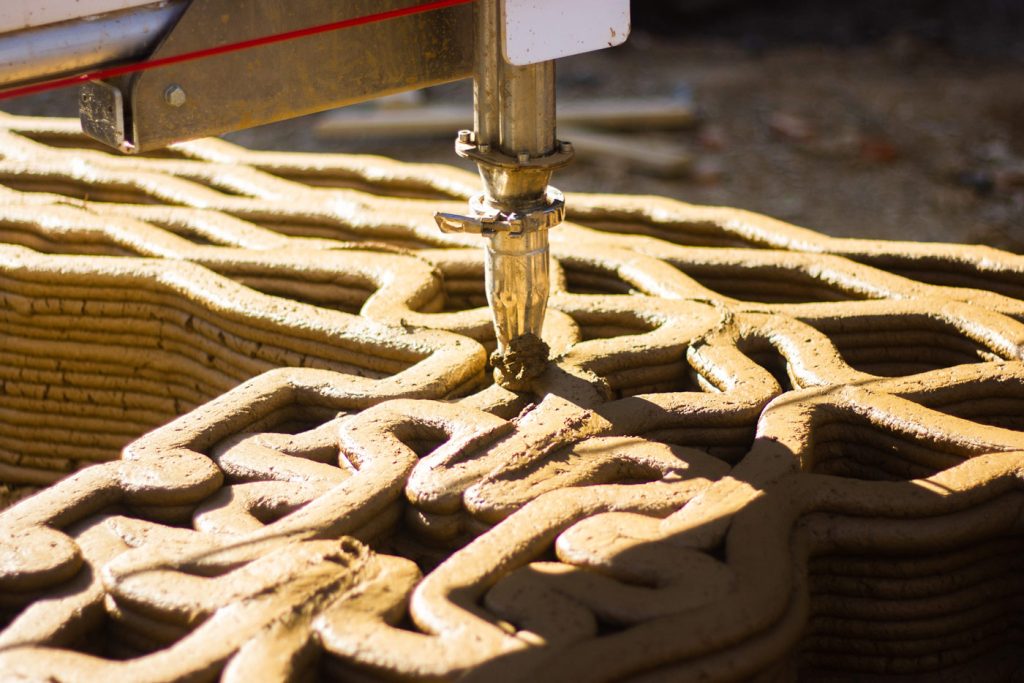
$30 off $400+ Anycubic Products with code AC30OFF
The Marvel of 3D Printing: A Breakthrough in Construction
The IAAC’s Initiative
The IAAC, known for its innovative approaches to architecture, has set yet another milestone. The institute used a Crane WASP 3D printer to create a 100 m² building in Barcelona. This isn’t just any building; it’s a part of the 3D Printed Earth Forest Campus (TOVA) in Collserola Natural Park. The materials? They’re as organic as you can get—local soil and other natural elements.
Why Local Soil?
Why did they choose local soil, you ask? The benefits are manifold. Local soil drastically reduces the transportation needs, cutting down emissions from logistics. Additionally, using readily available materials helps keep costs low, making sustainable housing more affordable and accessible.
Addressing the Elephant in The Room: CO2 Emissions
The Construction Sector’s CO2 Footprint
The construction industry accounts for a staggering 39% of global CO2 emissions. That’s almost two-fifths of all emissions, a number too big to ignore. The IAAC’s latest project aims to combat this issue head-on by providing a blueprint for sustainable, low-emission buildings.
A Sustainable Vision
The IAAC envisions a future where construction is as eco-friendly as possible. The newly 3D printed building in Barcelona is a testament to this mission. By leveraging natural materials and pioneering technologies, the institute is not only reducing the carbon footprint but also making strides toward affordable housing.

Buy Photon Mono M5 Get Free 1KG Resin
An Award-Winning Approach
Recognition from the EU’s New European Bauhaus Initiative
The TOVA project is not just a local success. It has also caught the eye of international bodies. The project previously won an award from the EU’s New European Bauhaus initiative for its sustainable building methodologies. This recognition further solidifies its significance in the realm of sustainable architecture.
Why Awards Matter
Awards add credibility, but more importantly, they serve as benchmarks. They validate the feasibility and efficacy of sustainable methods, encouraging more organizations to adopt similar practices.
The Live Laboratory: 3D Printed Earth Forest Campus
The Concept Behind The Campus
The 3D Printed Earth Forest Campus acts as a live laboratory. Yes, you heard that right. This campus is where evolving architectural technologies are continuously tested and refined. The focus is on using natural materials while applying the latest in 3D printing technology.
A Collaborative Environment
In a live laboratory setting, the possibility for innovation is exponential. The hands-on approach allows researchers, architects, and engineers to tweak and improve methods in real-time, fostering a collaborative environment for groundbreaking advancements.
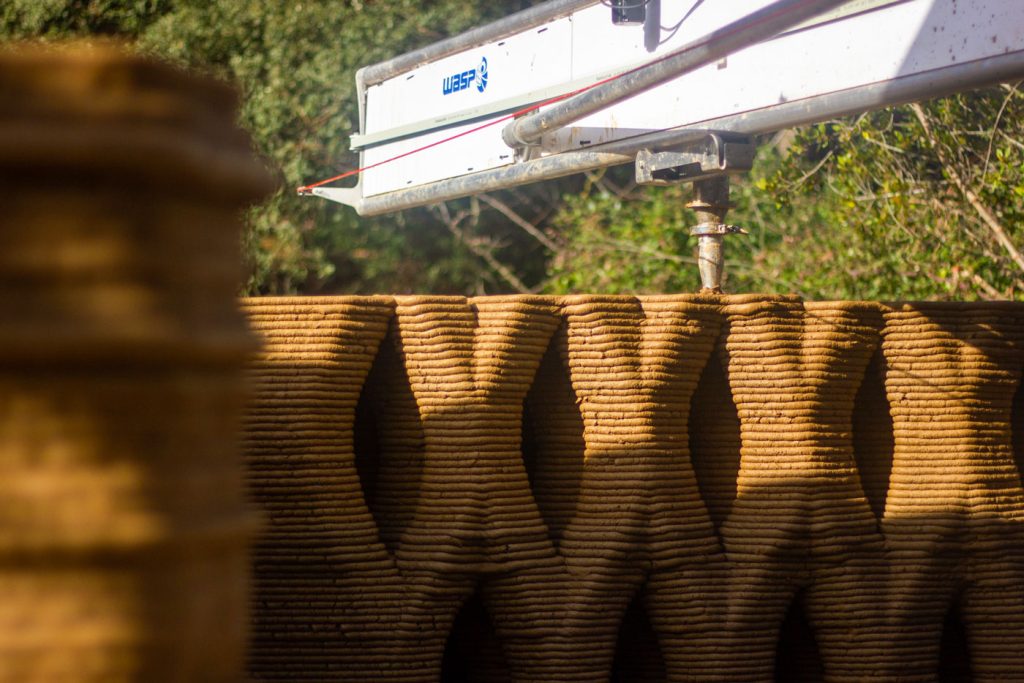
The Crane WASP 3D Printer: A Technological Marvel
Printing Speeds and Capabilities
You might be wondering, how fast can a 3D printer build a house? Well, the Crane WASP printer can print walls with a maximum height of 2.5 meters in just 10 days. That’s 25 cm in height per day.
Speed Comparison: Conventional vs. 3D Printing
| Method | Time to build a 2.5m wall |
|---|---|
| Conventional | Several months (depending on labor and conditions) |
| Crane WASP 3D Printer | 10 days |
Material Efficiency
Even more fascinating is its material efficiency. The walls printed by the Crane WASP system are 50% hollow. Why does this matter? This hollow design conserves material, yet retains structural integrity. Furthermore, these walls support thermal barriers, humidity regulation, and natural ventilation.
Conceptual Shift: From Conventional to 3D Printing
Rethinking Construction
Traditional construction methods have long been the industry standard, but they come with limitations: high labor costs, material waste, and long build times. The IAAC’s approach shifts the paradigm by exploiting the benefits of 3D printing.
Light Porosity and Unique Architecture
Among the many benefits of 3D printing are increased light porosity and unique architectural designs. Traditional builds often have limitations in design complexity due to material and labor constraints. However, 3D printing opens up new avenues, enabling intricate designs that were previously unimaginable.
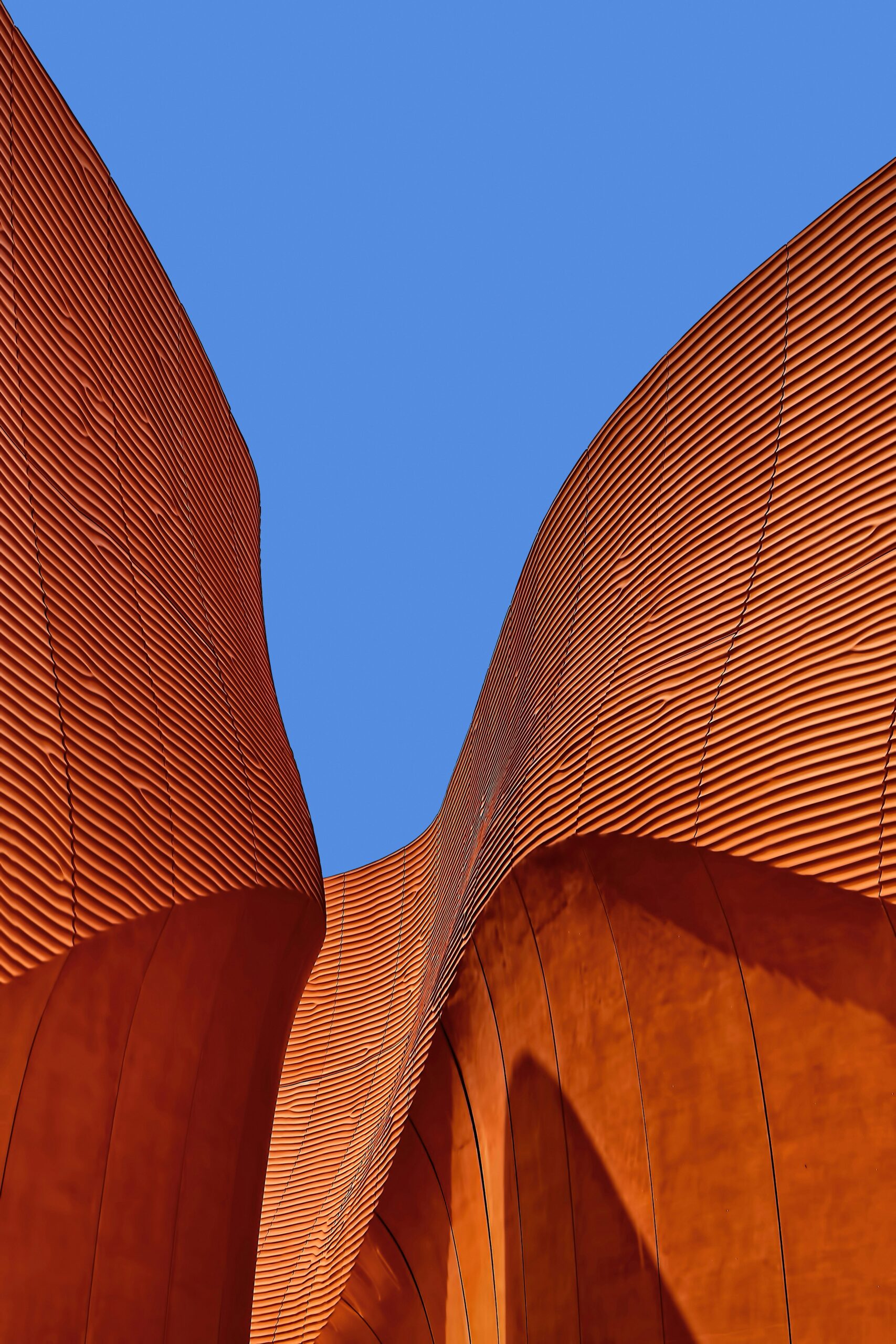
A Global Perspective on Additive Manufacturing
Leaders in the Field
The IAAC is not alone in this endeavor. There are several notable names globally contributing to the movement. ICON in Texas and Havelar in Portugal are key players using additive manufacturing to provide affordable, sustainable housing.
Global Leaders and Their Contributions
| Organization | Location | Notable Projects |
|---|---|---|
| ICON | Texas, USA | Affordable housing projects and community builds |
| Havelar | Portugal | Sustainable housing solutions |
Additive Manufacturing’s Numerous Benefits
These organizations highlight the versatile applications and widespread benefits of additive manufacturing in construction. From lower costs to faster build times and reduced environmental impact, the advantages are substantial.
The Future: Implications and Prospects
Affordable Housing Crisis
One of the pressing issues worldwide is the affordable housing crisis. By reducing construction time and costs, 3D printing presents a viable solution to this problem. Imagine entire communities that are not only eco-friendly but also economically viable.
Environmental Sustainability
Sustainability isn’t just a buzzword; it’s a necessity. The IAAC and similar organizations are proving that it’s possible to marry technology and sustainability, creating future-proof solutions for our housing needs.
Policy Implications
Government policies worldwide are increasingly focusing on sustainability. Award-winning projects like TOVA serve as models for future regulations and standards, potentially influencing policy changes that favor sustainable building practices.
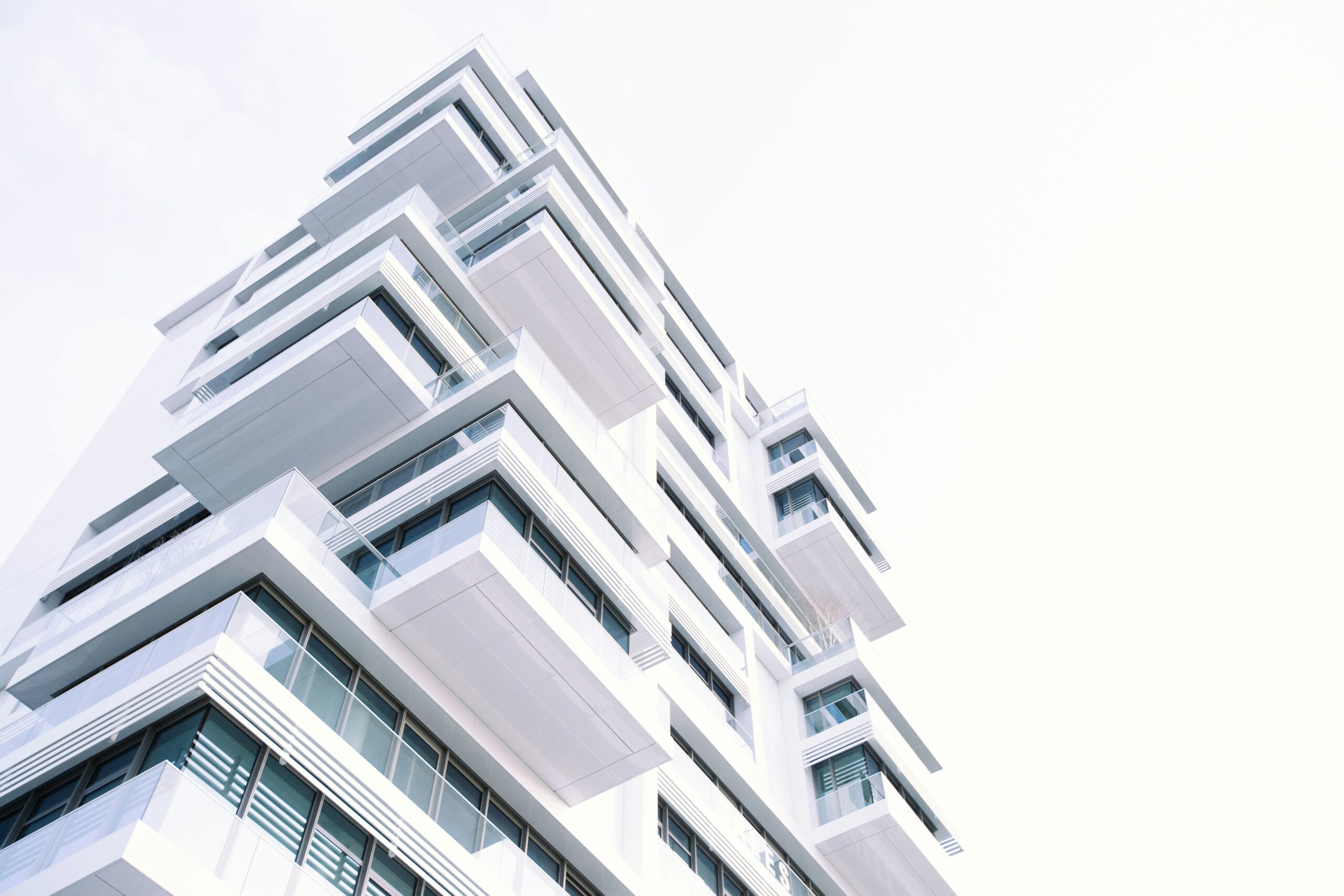
Overcoming Challenges
Scaling Up
While the benefits are obvious, scaling these solutions globally presents challenges. Issues like local building regulations, public reception, and initial costs for 3D printing technology must be addressed.
Technological Advancements
Continued innovation is key. As technology evolves, so will its applications in construction. Expect to see more robust, versatile, and cost-effective 3D printers in the near future.
Community and Cultural Impact
A New Way of Living
The adoption of 3D printed homes brings more than just environmental and economic benefits. It introduces a new way of living and thinking about our dwellings. These homes could foster a sense of community bound by a collective commitment to sustainability.
Cultural Acceptance
As with any new technology, cultural acceptance will take time. However, with projects like TOVA leading the way, it’s only a matter of time before 3D printed homes become mainstream.
Conclusion: A Step Towards A Sustainable Future
The work of the IAAC in Barcelona is more than just an architectural feat; it’s a forward-thinking approach to a sustainable future. Through the use of local materials and advanced 3D printing technology, they’ve showcased a viable way to reduce the carbon footprint in construction significantly. This project is a beacon of hope in the quest for sustainable living, providing an actionable template for others to follow. Sustainable, affordable, and innovative—these are the homes of the future.
So, why not be a part of this inevitable change? Stay curious, stay informed, and maybe one day you’ll find yourself living in a home that’s not just built for you, but also built for a better planet.
And remember, the future isn’t something that just happens to us; it’s something we can build, one 3D printed wall at a time.
Feel free to share your thoughts and ideas about this revolutionary approach to construction. How do you envision living in a 3D printed, low-carbon home? Let’s start a dialogue and dream big together!
$30 off $400+ Anycubic Products with code AC30OFF








